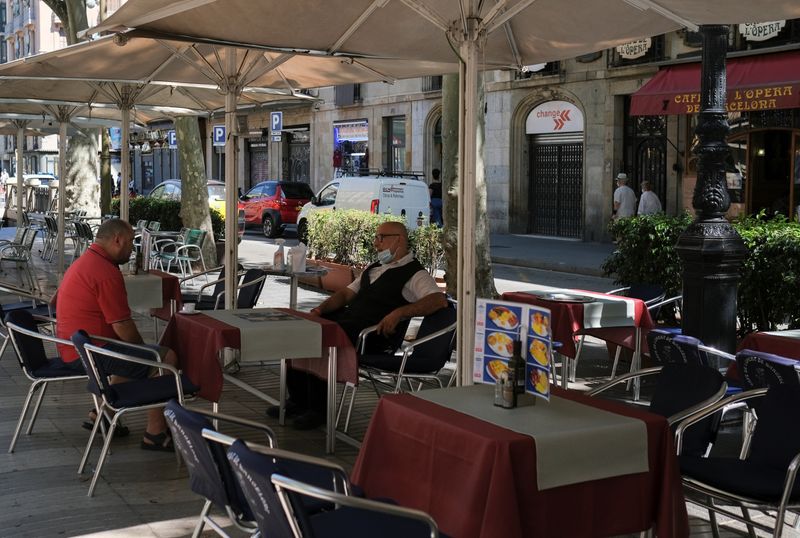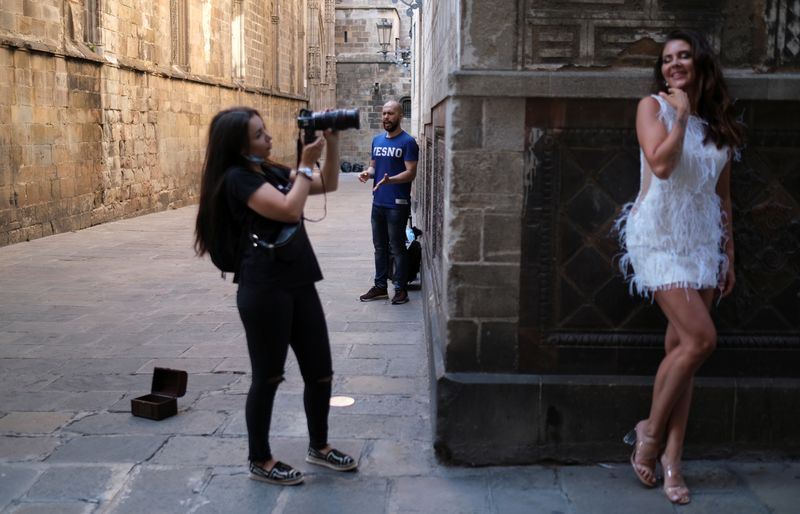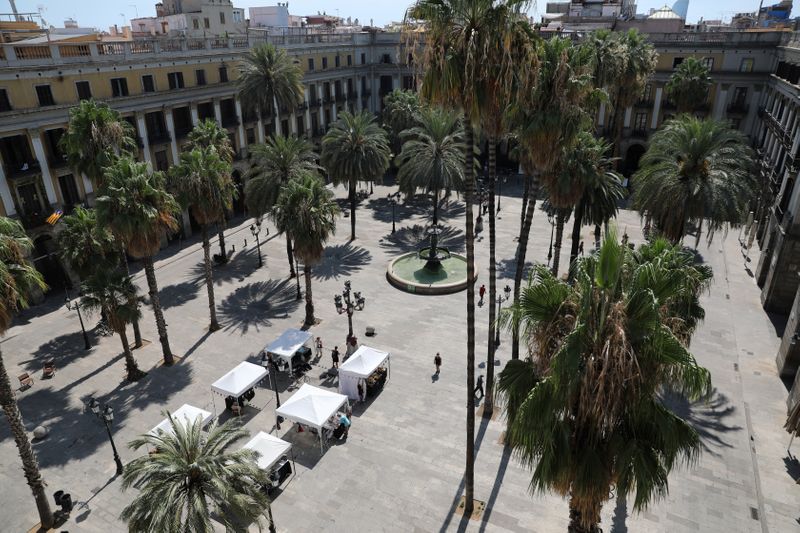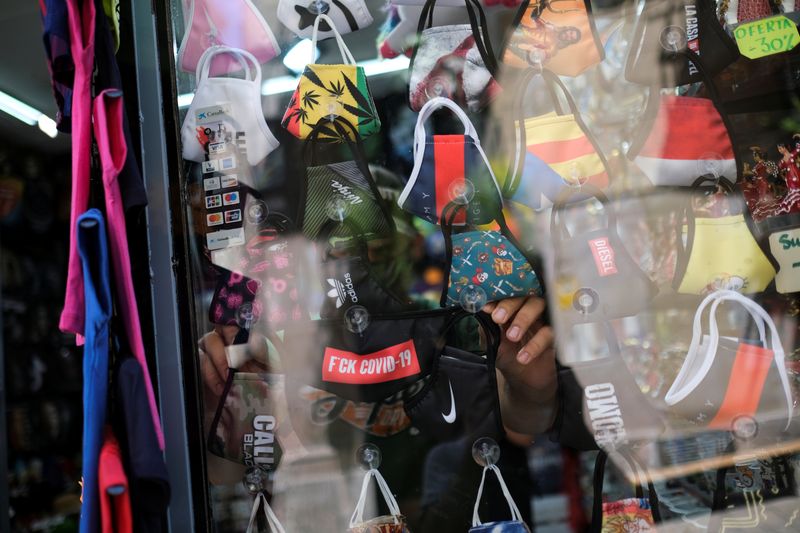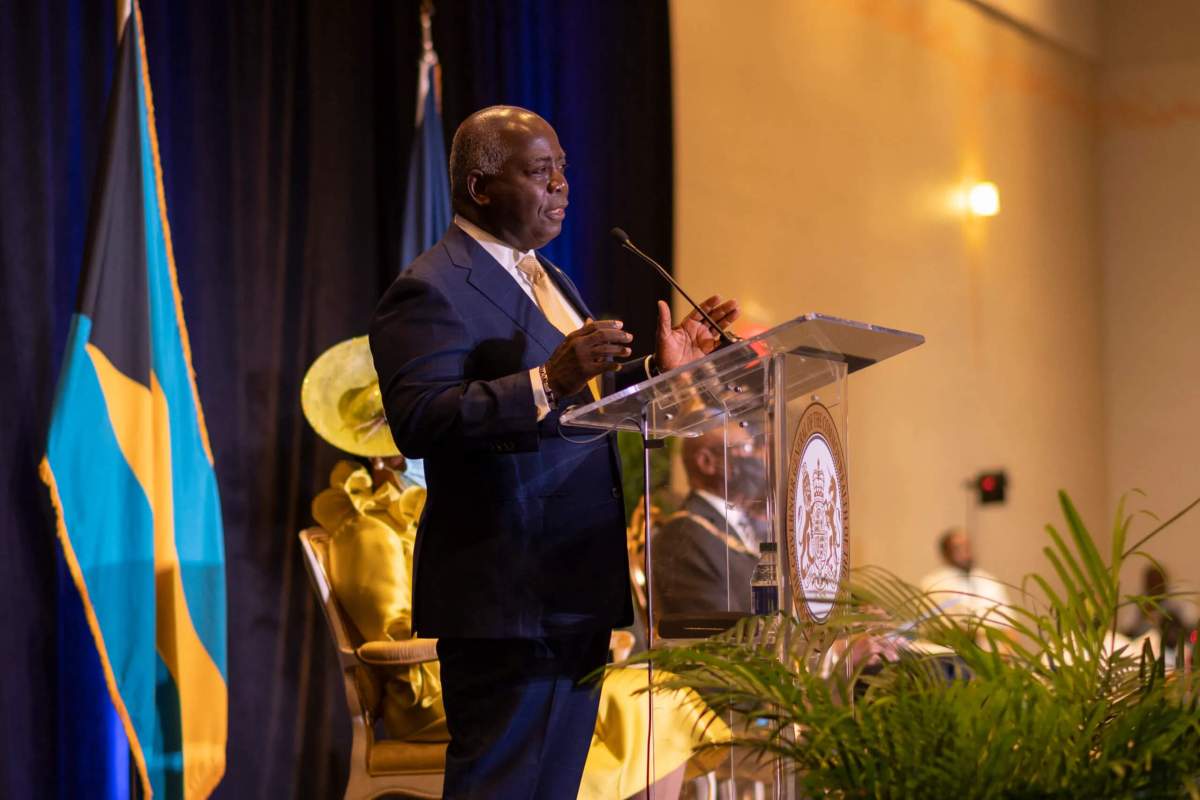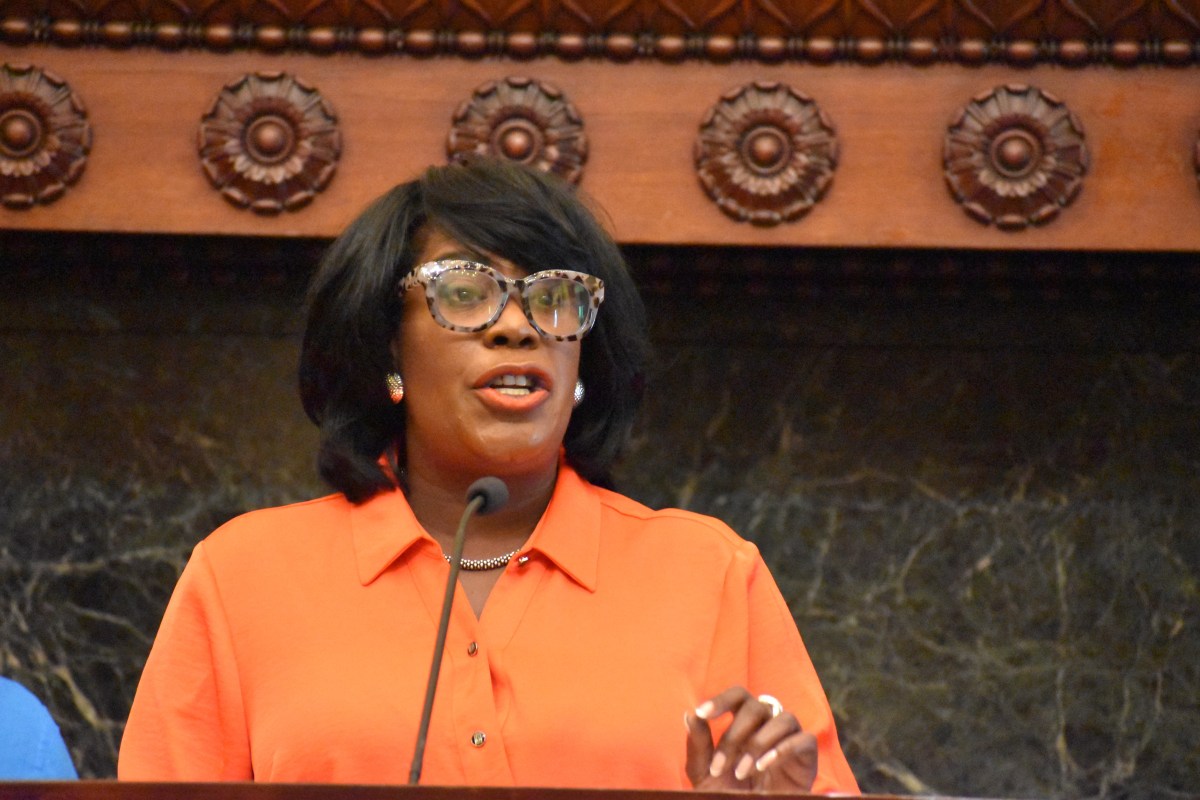BARCELONA (Reuters) – The sight of local kids playing under the palm trees in an almost empty Plaça Reial square reminds Gloria Gomez of her childhood in the 1980s before tourism swamped the Barcelona landmark.
“It’s nice to see it but at the same time it’s so sad,” said Gomez, 53, a concierge at a building in the old-town square, a job she inherited from her mother.
The pandemic has dealt a huge blow to tourism-dependent countries like Spain and cities such as Barcelona, one of Europe’s most popular. But now they are seeking to lure visitors back, they are also debating the need to change their economic models to tackle a longstanding overcrowding problem.
“There’s a total change of strategy,” said Marian Muro, director of Turisme de Barcelona, a public-private consortium, explaining the shift away from general promotion of the city.
“Quality is more important than quantity” and a greater respect from visitors to Barcelona’s residents are among the factors behind the city’s more segmented approach, she said.
Seeking new tourism assets, it aims to promote its local food and tech startup scene and is offering travel agents training to cater to Chinese visitors’ needs to draw more high spenders from there, as well as Southeast Asia and the United States.
It is also demanding health requirements from tourism companies receiving a United Nations sustainable commitment label to guard against the pandemic and has signed a deal with Moscow to promote long weekend trips for culture and shopping.
They are new tactics for the city of 1.6 million that last year estimated it had close to 30 million visitors, including day trippers and some 14 million who stayed at least one night.
Before the pandemic, amid anger over soaring housing prices and concerns tourists were creating no-go areas for locals, the municipality tried measures such as restricting the opening of new hotels, drawing criticism from the private sector.
Tourism normally accounts for over 12% of GDP in Spain, which the United Nations recorded as the world’s second most visited country in 2018 after France.
But international arrivals slumped 98% in June from a year ago. Hopes of a rebound in July after the end of a nationwide lockdown were dashed by quarantines and no-travel advisories issued by many countries as various areas of Spain – Barcelona in particular – suffered an uptick in infections. [nL5N2EZ1HK]
Less than a third of Barcelona hotels are open and were just 20% full in July, and the government of Catalonia expects tourism sector losses of at least 15 billion euros in the region. Direct spending from tourists reached around 8.8 billion euros in Barcelona in 2018, according to city hall.
BUBBLE BURST?
“The sector will need to adapt and learn to be more resilient because there will likely be more pandemics,” said Francesc Romagosa, head of research at Barcelona’s Autonomous University tourism school, noting it is a “great moment” to diversify the urban tourism model.
Some want more radical change.
Maria Garcia, spokeswoman at the environmental group Ecologistes en Accio, called for a transformation to smaller-scale and climate-friendly tourism and away from what she described as the “burst bubble” of a sector based on hypermobility, precarious jobs and huge urban impact.
Garcia said the pandemic showed the potential disruption from climate change and called for an end to airline subsidies in favour of train-based tourism as well as regulation of house prices and conversion of tourist shops back into local stores.
Ramon Gonzalez, a CCOO union leader in Catalonia, said manufacturing should be given greater economic weight, warning that tourism might not recover until 2022.
The impact of the virus is evident in Barcelona’s once bustling Gothic quarter, where dozens of souvenir shops have closed and hotels are locked with chains.
“We have gone from one extreme to another,” said Gomez from Plaça Reial, who now misses the nightly noise she used to hate: “It’s an ugly silence.”
(Reporting by Joan Faus, editing by Andrei Khalip and Philippa Fletcher)

